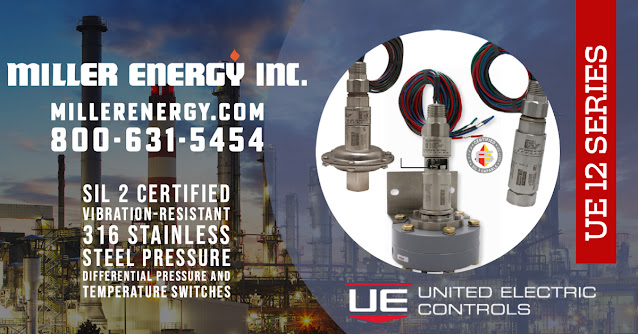INTRODUCTION
Pure water treatment removes undesirable chemicals, biological contaminants, suspended solids, and gases from raw water. Water purification aims to produce water for a specific purpose, such as human consumption and medical or industrial use.
Polyaluminium coagulants are increasing use in potable water treatment plants, particularly for soft, colored surface waters. Polyaluminium chloride (PACl) is gradually replacing Alum (aluminum sulfate), a commonly used coagulant in water treatment plants. Alum coagulates at a limited pH range (between 5.5 and 6.5) and often requires alkali to the raw water to achieve the optimum coagulation pH. Furthermore, the alum floc produced is particularly fragile, which is vital if a coagulant is required to maximize color removal in a microfiltration-based water treatment process.
APPLICATION
Water treatment by chemical precipitation is a complex process. It starts with adding flocculants, specifically, Polyaluminium Chloride (PACl) and Sodium Hydroxide (NaOH). PACl is a synthetic polymer dissolved in water. It precipitates in big volumetric flocs, which absorb suspended pollutants in the raw water. The turbidity of the raw water defines Polyaluminium Chloride quantity. PACl concentration must be higher than 10 % To keep the flocculation process smooth. Polyaluminium Chloride is stable in the storage tank; however, it tends to crystallize after some time. Vaisala K-PATENTS® refractometer monitors the concentration of PACl to inform about the need for tank or pipe cleaning, thus preventing blockage caused by the PACl crystals.
NaOH regulates pH level, increases alkalinity, and neutralizes acids in the water. In alkaline water, the coagulation and flocculation processes work more effectively. Moreover, sufficient alkalinity prevents dissolving the lead from pipes and pipe fittings and reduces the corrosive effect of the water to iron pipes.
Further, particles suspended in water start to precipitate and agglomerate to form larger particles, known as flocs. The flocs are then settled at the bottom, forming sludge, and then removed from the process. After separating most of the floc, the remaining suspended particles and unsettled floc get filtered to remove water.
In the filtration phase, the water goes through the layers of anthracite, sand, and gravel. As a result, organic compounds contributing to taste and odor get removed. Other remaining particles get trapped by adhering to the sand and gravel particles.
After harmful micro-organisms get removed through filtering, it is necessary to add disinfecting chemicals to the water to inactivate any remaining pathogens and potentially harmful micro-organisms. One of the disinfecting chemicals used is Sodium Hypochlorite (NaOCl). When dissolved in water, this chemical releases chlorine, which is an efficient and safe disinfectant if added in a sufficient amount. Apart from sodium hypochlorite, liquid chlorine and chlorine dioxide are also choices as disinfectants.
Fluoride may also be added to the water to reduce tooth decay and prevent chronic diseases. However, fluoride in the water must not exceed recommended levels. Excessive levels of fluoride can be toxic or cause undesirable cosmetic effects such as staining of teeth.
Sodium Hypochlorite is unstable and quickly decomposes. The stability of NaOCl solution is dependent on the following factors:
- Hypochlorite concentration
- The temperature of the solution
- PH value of the solution
- The concentration of the impurities during catalyzing decomposition
- Exposure to light
With the process refractometer, it is possible to monitor NaOCl concentration and control the disinfection conditions.
The water purification disinfection stage happens in the disinfectant basin. Then, corrosion control assures the high quality of the purified water. Finally, the pure water gets stored for further consumption.
INSTRUMENTATION AND INSTALLATION
Vaisala K-PATENTS® Teflon Body Refractometer PR-23-M provides in-line measurements of Polyaluminium Chloride and Sodium Hydroxide at the initial stage of purification, ensuring the efficient flocculation of undesired particles. In addition, through the measurement of Sodium Hypochlorite and Fluoride at the water disinfection stage, high-quality purified water at the outlet is assured.
Refractometer installations happen in three different points in a by-pass loop between each chemical tank pump outlet and the treatment point. The refractometer allows monitoring the chemicals concentration at the exit from the storage tank to the pipe treatment point.
Typical measurement ranges are:
- PACl is ca. 10-11 %
- NaOH is ca. 40-45 %
- NaOCl is ca. 8-12 %
Miller Energy, Inc.
https://millerenergy.com800-631-5454




